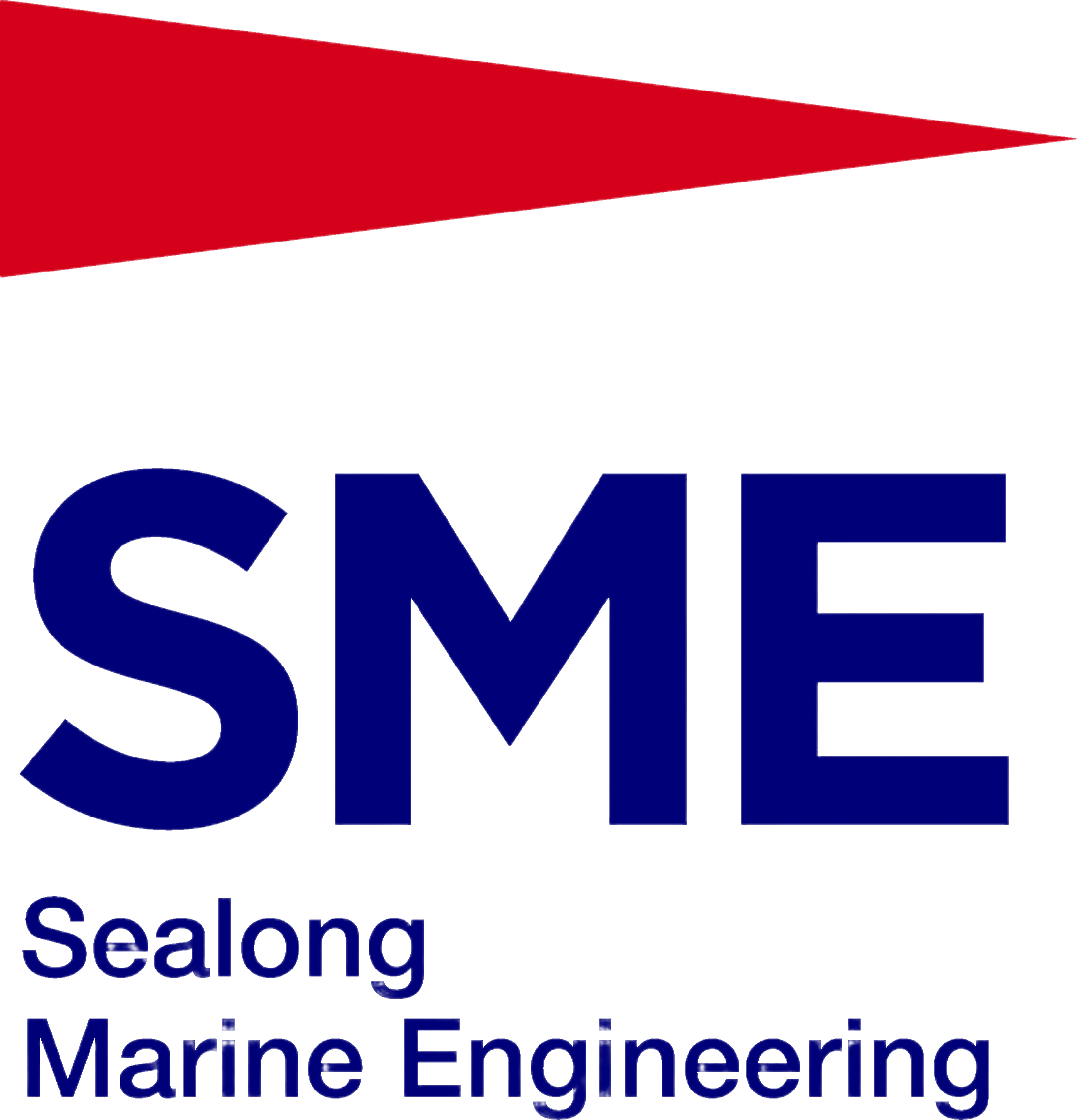How Gasketed Plate Heat Exchangers Differ from Brazed Ones?
Maritime, industrial and HVAC systems rely on plate heat exchangers (PHEs) for optimum heat exchange although performance and applicability are type specific. It is useful to understand their fundamental differences in order to select, for example in marine applications such as engine cooling or refrigeration, which PHE may be best suited or efficient in a that particular process of freshwater making. Here, we explain the key difference between these two designs – a difference rooted in SME’s specialty in custom thermal system solutions.
1. Construction: Gaskets vs. Brazing for Fluid Separation
What they do differently is how they separate the two heat exchanging fluid. Construction SME plate heat exchangers are of the gasketed type, when rugged and chemically highly resistive gaskets are mounted between each corrugated metal plates. These gaskets define a closed region along the sides of the plates and the fluid channels thus preventing cross-contamination as well as facilitating disassembly of the plates. The gaskets are fabricated to endure marine environments and salt water corrosion, thermal cycling, contact with lubes and coolants.
On the other hand, SME brazed units are 100% gasket-free plate heat exchangers. The corrugate plates are not sinter bonded, but are brazed together with a high temperature brazing process. These create a permanent (and leak free) bond between sheets, making the piece small and one handed. One can also avoid losing the gasket as one does under flanged construction especially if it is difficult to gain access to maintenance.
2. Maintenance and Serviceability: Modularity vs. Permanence
Due to their construction, maintenance needs vary greatly. The GPHE of SME, the stacked clamped plate can be easily disassembled by unscrewing the end bolts, so that maintenance workers can check, cleans or replace individual plates or gaskets. This is important to marine systems that will inevitably become fouled as regular cleaning will enhance heat transfer effectiveness. Gaskets are replaceable without replacing the entire unit which cost more in the long run.
BPHE are brazed in fixed design and not serviceable. When a plate becomes damaged or fouled, the entire unit it typically disposed of. To minimise this, SME develops BPHEs having a smooth plate surface which will not contaminate and gives some guidance with regaurd to fluid filtration to help limit build up. BPHEs are therefore even better fit for low-maintenance work, such as fresh water cooling on the compact scale where reaching is difficult or fouling potential is low.
3. Operating Limit- Pressure, Temperature, and Fluid Compatibility.
SME produces different GPHEs and BPHEs that have varied resistance to extreme conditions. GPHEs are appropriate in such applications as marine engine cooling, lubricant or jacket water cooling and HVAC. The gaskets are fluid chemistry user defined limited-pressure-spike buffers.
BPHE is tightly brazed to be used in high pressure and temperature. This is why they work perfectly in high pressure marine applications like high pressure refrigerant systems offshore or heat recovery units in auxiliary engines where the GPHE gaskets could not have been used. Moreover, the resistance to chemical attacks of the brazed seal is also added to the contributions of the BPHEs in fluids that may tear off gaskets such as certain industrial coolants or high temperature oils.
They also have very sensitive designs in the sense of detecting footprint and weight- very vital in a confined marine setting. The weight and size of BPHEs of SME are obviously very small in comparison with those of GPHEs having equal heat transfer. Brazed construction does away with the use of such huge clamping bolts or gasket thickness when there is a loss of space on the shipboards.
4. Size, Weight, and Marine Application Suitability
GPHEs are larger but, more accommodating capacity-wise: The number of plates executed in side-by-side stack fashioncan be increased or decreased as necessary to deliver more heat transfer per fluid system requirement. This modularity also means that GPHEs are the natural choice when large scale sea water systems.
Sealong Marine Engineering Group’s gasketed and brazed plate heat exchangers provide a unique response to particular marine problems, in terms of service and demanding operating atmosphere. This can be done by matching the type of PHE with the application requirements– operators stand to achieve optimal heat transfer efficiency and system lifelongevity.

 EN
EN







































